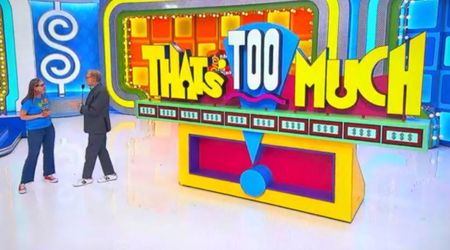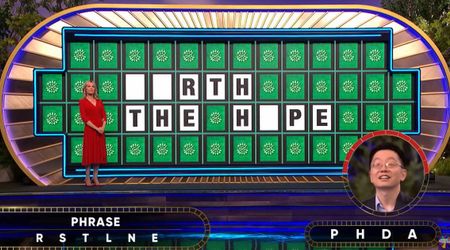Introducing OpenAI Sora, a Tool That Will Transform Text Prompts Into Real-Life Videos

We have heard everyone say AI is the future and Sam Altman is working relentlessly to make this a true story. Open AI caught the spotlight with the Chat GPT release and is all set to utilize AI to take it to newer heights. The company has recently released OpenAI Sora, a tool that will help users create high-quality videos based on text descriptions. The recent announcement has stunned the users as everyone is still deciphering what more AI has to offer. Everyone is just going crazy to test and see what the new AI tool has in store. The company further stated that the tool is right now undergoing red teaming. This security exercise is used by companies to test the product as a competitor and point out the red flags or anything that can be improved. Let's delve deeper into the working mechanism of the tool.
View this post on Instagram
Understanding OpenAI Sora's capabilities
The company aims to use generative AI to teach human reflexes and the elements of the physical world. Since the release of ChatGPT, Open AI has integrated GPT-4, and DALL-E 3 versions making human life and tasks easier. With Sora, they are focusing on making deep interactions with humans by making high-resolution videos just based on the text prompts. The videos can be up to one minute long with no disruption in the quality and requirements. The AI tool can not just create videos but also give users scenarios with multiple characters ensuring to understanding of the existence of elements in physical dynamics.
here is sora, our video generation model:https://t.co/CDr4DdCrh1
— Sam Altman (@sama) February 15, 2024
today we are starting red-teaming and offering access to a limited number of creators.@_tim_brooks @billpeeb @model_mechanic are really incredible; amazing work by them and the team.
remarkable moment.
The model is trained in such a way that it completely understands the language prompts and gives the users multiple results based on the prompts. Additionally, Sora can also compile multiple mind-blowing shots in a single video giving creators to experiment in their own space. Artists such as filmmakers, designers, photographers, and other visual artists have been provided access to the tool to get feedback and point out the needed improvement areas. The app is currently facing language and prompt challenges as it does not fully understand the details and the results might not be accurate. The model is seen battling with left and right movements in some instances.
How will OpenAI ensure the safe usage of Sora?
Every app owner is concerned about the safety of the product they create. Hence, OpenAI is working continuously with red teamers to ensure safe usage of the Sora tool. The company says that it is working with industry experts to avoid the creation of hateful and misrepresented content. It is crucial to test the model in all its phases, considering the worst-case scenarios too. Further OpenAI plans to integrate a detection classifier that will easily tell the user whether or not the video is created by Sora. The company plans to amalgamate C2PA metadata just in case they release the tool as an OpenAI product.
Prompt: “A stylish woman walks down a Tokyo street filled with warm glowing neon and animated city signage. she wears a black leather jacket, a long red dress, and black boots, and carries a black purse. she wears sunglasses and red lipstick. she walks confidently and casually.… pic.twitter.com/cjIdgYFaWq
— OpenAI (@OpenAI) February 15, 2024
Sora is not the same as DALL-E 3 but the safety measures used for the latter are considered for the new tool. They are working with the policymakers to ensure that their usage policies are safe and secure. Furthermore, they are integrating text classifiers which will analyze the text prompt and reject if it contravenes with the usage policy. Such requests might include prompts related to disturbing images, sexual content, and other violence-related imaginations. They are also working to include robust image classifiers that will first review the image frames and verify whether those go in line with the policy pointers. The work on incorporating newer safety measures is still going on as the app's safety is the top concern for the company.























